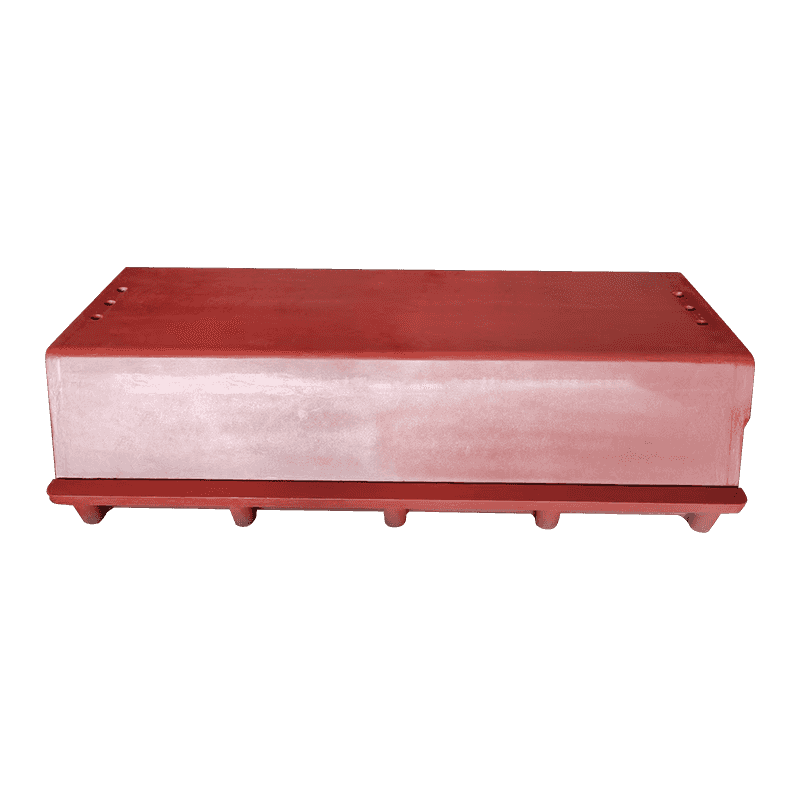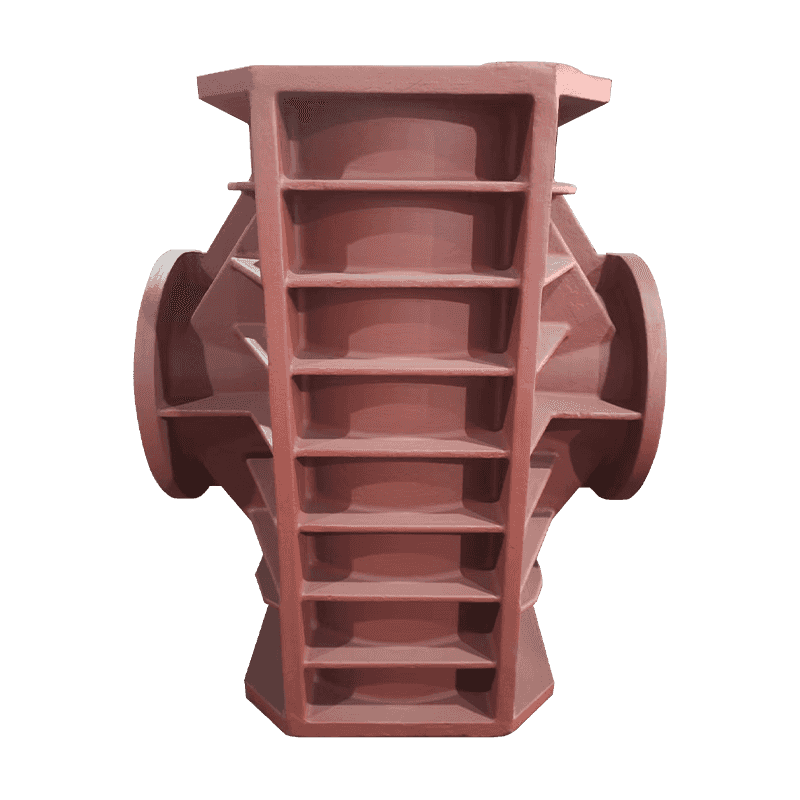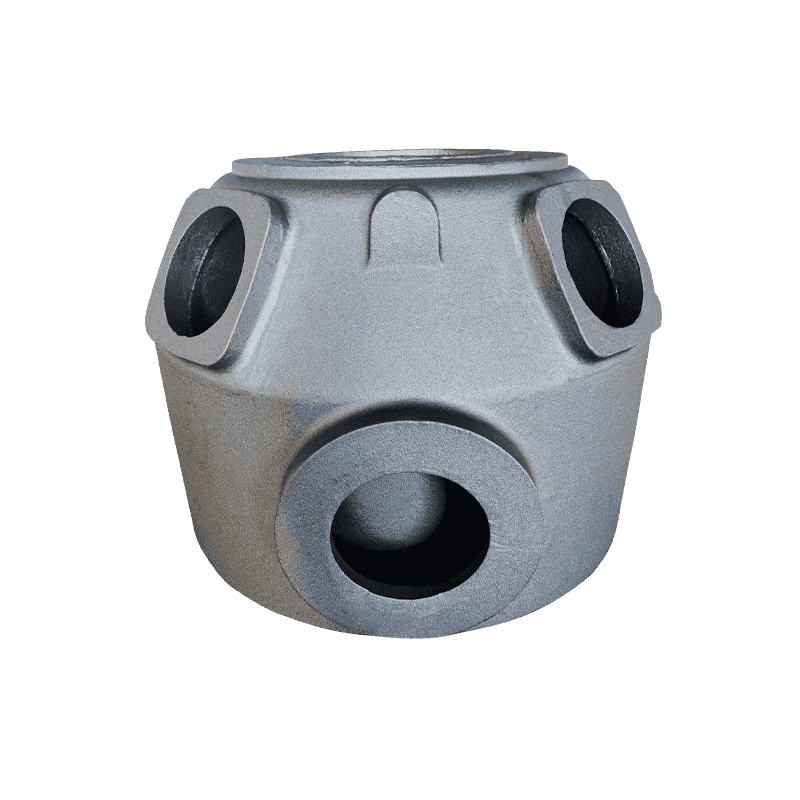One of the key functions of a compressor bearing seat is to ensure the correct alignment of the bearings. Proper alignment is essential for minimizing misalignment-induced stresses and preventing uneven wear, which can result in early failure of the bearings. Misalignment can cause excessive friction, heat generation, and uneven load distribution, leading to performance degradation and potential damage to other compressor components. The bearing seat holds the bearings in place with precise tolerances, ensuring that the rotational elements of the compressor remain aligned during operation, thus enhancing the efficiency and longevity of the system. The alignment is also critical for preventing the development of eccentricities in rotating components, which would otherwise result in vibrations, noise, and uneven stresses on the system.
The primary role of a bearing seat is to provide stable support for the rotating components of the compressor. These components, including the crankshaft, rotor, or other moving parts, generate significant mechanical forces and rotational speed. The compressor bearing seat helps distribute these loads evenly across the bearings, ensuring that the rotating parts can function optimally without causing undue stress on the compressor structure. This uniform load distribution reduces the chances of bearing failure due to localized pressure points or overloading. The well-designed bearing seat enhances the compressor's ability to handle the high mechanical stresses encountered during continuous operation, such as during rapid acceleration or sudden load changes, ensuring reliable functionality over the compressor's lifecycle.
Another critical function of the compressor bearing seat is to reduce vibrations and noise generated during compressor operation. Vibration is an inevitable byproduct of the rotating parts, but excessive vibration can lead to mechanical damage, component wear, and inefficiencies. A properly designed bearing seat ensures that the bearings are securely positioned and aligned, reducing the amplitude of vibrations and mitigating noise. This contributes to smoother operation, enhanced operator comfort, and a reduction in the need for frequent maintenance due to vibration-induced damage. Minimizing vibrations not only enhances the compressor's performance but also reduces the risk of fatigue failure in other surrounding components, thereby contributing to the overall reliability of the system.
The stability provided by the compressor bearing seat directly influences the durability and longevity of the compressor system. A secure and rigid mounting for the bearings is essential to prevent any unwanted movement during the compressor’s operation. When the bearings are properly seated and stable, the compressor’s moving parts rotate without interference, minimizing the risk of wear and tear on both the bearings and the other critical components. The bearing seat also helps in managing and absorbing the forces generated by the compressor’s operation, including axial, radial, and torsional loads. By providing a secure foundation, the bearing seat ensures that these forces do not adversely affect the performance of the rotating elements, leading to improved system reliability over time. The bearing seat is designed to withstand harsh operating conditions, including variations in temperature, pressure, and humidity. It maintains its structural integrity under these fluctuating conditions, preventing the bearings from becoming loose or misaligned, which could cause catastrophic failures.














